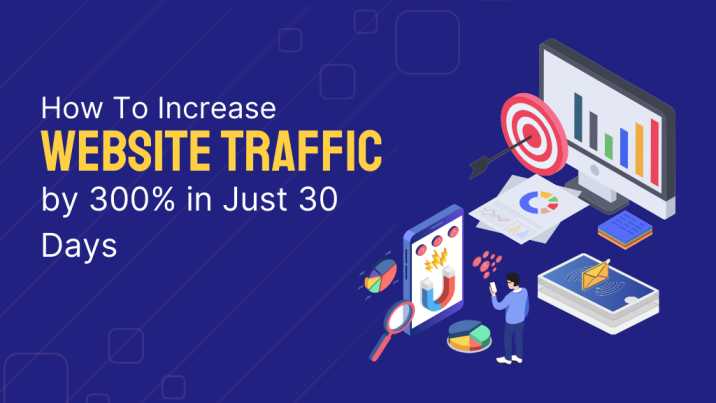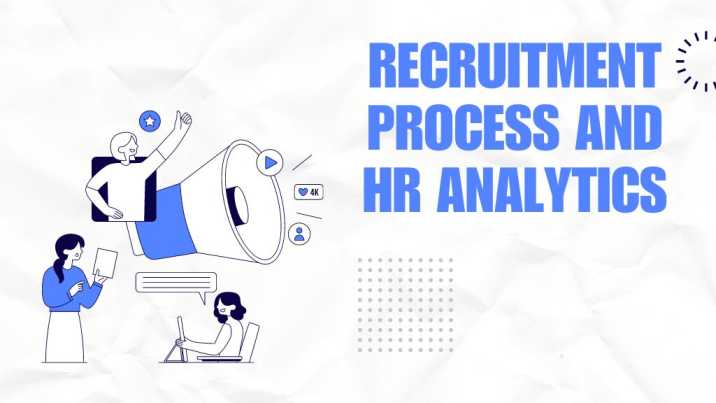As the workplace evolves, so does the need for a deeper understanding of employee engagement—a critical factor in determining an organisation’s success. Employee engagement encompasses the emotional commitment and motivation employees feel towards their work and the company. High levels of engagement are associated with increased productivity, reduced turnover, and overall better business outcomes. In recent years, advances in analytics and technology have transformed the way organisations measure and improve employee engagement, making it a central focus for HR professionals, particularly those in senior roles such as the chief HR officer.
Understanding Employee Engagement in the Modern Workplace
Employee engagement in HR refers to the strategies and processes used to foster a positive work environment where employees feel valued, motivated, and aligned with the organisation’s goals. It involves not only measuring engagement levels but also implementing employee engagement activities that enhance job satisfaction and organisational loyalty. Traditionally, engagement was gauged through annual surveys, but this approach has significant limitations, including lagging feedback and a lack of real-time insights.
Emerging Trends in Employee Engagement Analytics
-
Real-Time Analytics and Continuous Feedback
One of the most significant trends in employee engagement analytics is the shift towards real-time data collection and continuous feedback mechanisms. Instead of relying on annual surveys, organisations are increasingly using pulse surveys and feedback tools that provide instant insights into employee sentiment. This approach allows for more timely interventions and a better understanding of the factors affecting engagement. Real-time analytics enable HR professionals to track engagement trends and address issues before they escalate, thereby maintaining a positive work environment.
-
Artificial Intelligence and Machine Learning
Artificial Intelligence (AI) and Machine Learning (ML) are revolutionising the way organisations analyse employee engagement data. These technologies can process vast amounts of data from various sources, such as surveys, social media, and communication tools, to identify patterns and predict future trends. AI-powered sentiment analysis, for instance, can evaluate the tone of employee communications to gauge morale and satisfaction. Machine learning algorithms can also personalise employee engagement activities, suggesting specific initiatives that are likely to resonate with different employee groups based on past behaviour and preferences.
-
Predictive Analytics
Predictive analytics is another emerging trend in the realm of employee engagement in HR. By analysing historical data, HR professionals can forecast future engagement levels and identify potential risks, such as high turnover rates or declining productivity. Predictive models can help organisations anticipate the impact of changes, such as restructuring or policy updates, on employee morale. This proactive approach enables the chief HR officer and other leaders to implement preemptive measures that mitigate negative outcomes.
-
Integration of Employee Engagement with Business Metrics
Increasingly, organisations are linking employee engagement metrics with broader business outcomes, such as customer satisfaction, revenue growth, and innovation. By establishing this connection, companies can demonstrate the tangible impact of engagement on overall performance. This trend underscores the importance of treating employee engagement as a strategic business imperative rather than merely an HR concern. Integrated dashboards and analytics platforms allow leaders to view engagement data alongside Key Performance Indicators (KPIs), facilitating more informed decision-making.
-
Gamification and Digital Engagement Platforms
Gamification and digital engagement platforms are gaining traction as innovative tools for boosting employee engagement. Gamification involves incorporating game-like elements, such as points, badges, and leaderboards, into non-game contexts to motivate employees and encourage participation in engagement activities. Digital platforms offer a centralised hub for employees to access resources, participate in surveys, and communicate with colleagues. These tools not only enhance engagement but also provide valuable data for employee engagement analysis.
The Role of the Chief HR Officer in the Future of Employee Engagement
The chief HR officer plays a pivotal role in shaping the future of employee engagement within an organisation. As the primary architect of HR strategy, the CHRO is responsible for aligning engagement initiatives with the company’s strategic goals. This includes leveraging the latest analytics and technologies to drive data-driven decision-making and creating a culture that prioritises employee well-being and development.
Senior leadership programs, offered by Imarticus Learning, are instrumental in equipping HR leaders with the skills and knowledge required to excel in this evolving landscape. These programs provide in-depth training on modern HR practices, including advanced analytics, strategic workforce planning, and change management.
Conclusion
The future of employee engagement is set to be shaped by technological advancements and data-driven insights. As organisations continue to recognise the value of engaged employees, the demand for sophisticated analytics tools and innovative engagement strategies will only grow. By staying abreast of emerging trends and investing in specialised training, HR leaders can effectively foster a positive workplace culture and drive organisational success. The role of the chief HR officer will be crucial in navigating this dynamic landscape, ensuring that engagement initiatives are not only implemented but also continuously optimised for maximum impact.For HR professionals looking to advance their careers and gain a deeper understanding of cutting-edge HR practices, consider enrolling in the Global Senior Leadership Programme Specialisation: Chief Human Resource Officer by IIM Lucknow. This comprehensive program is designed to help senior leaders develop the expertise needed to navigate the complexities of modern HR and drive impactful employee engagement strategies. Don’t miss this opportunity to enhance your skills and make a meaningful difference in your organisation.





